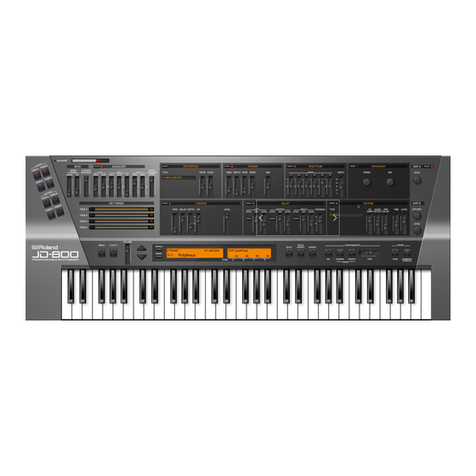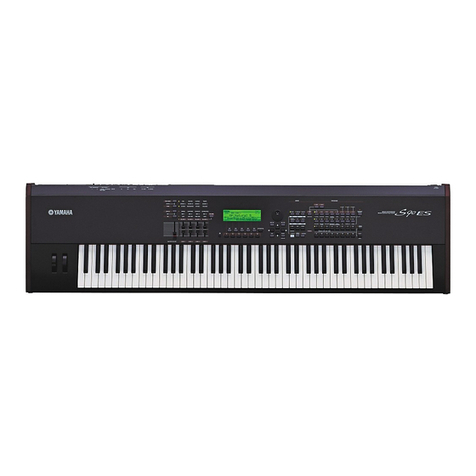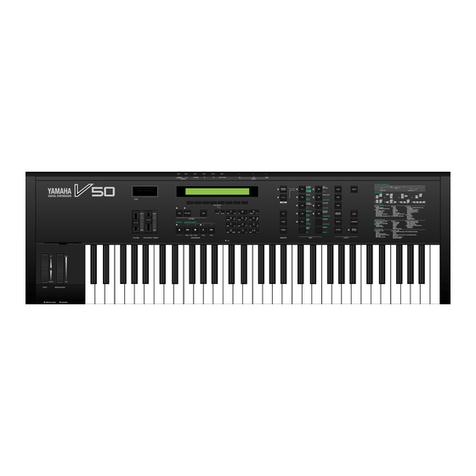Waldorf QUANTUM User manual
Other Waldorf Synthesizer manuals
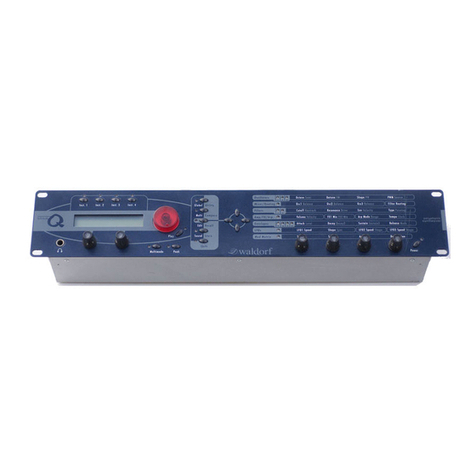
Waldorf
Waldorf microQ User manual
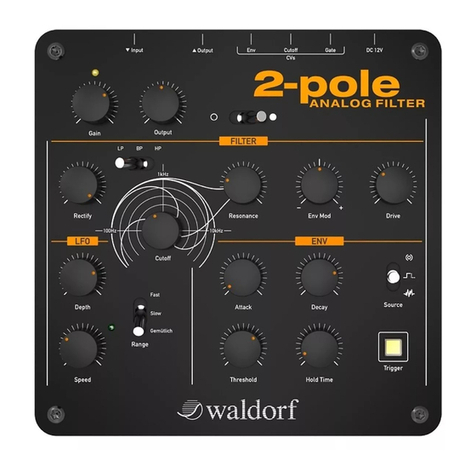
Waldorf
Waldorf 2-pole User manual
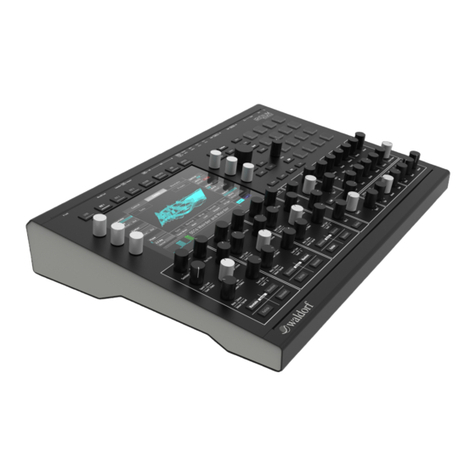
Waldorf
Waldorf IRIDIUM Instruction manual

Waldorf
Waldorf zarenbourg User manual
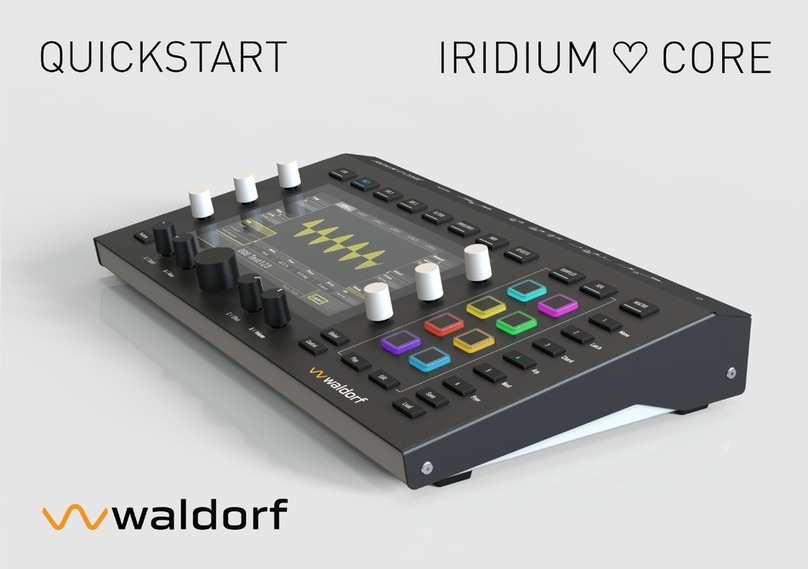
Waldorf
Waldorf IRIDIUM User manual
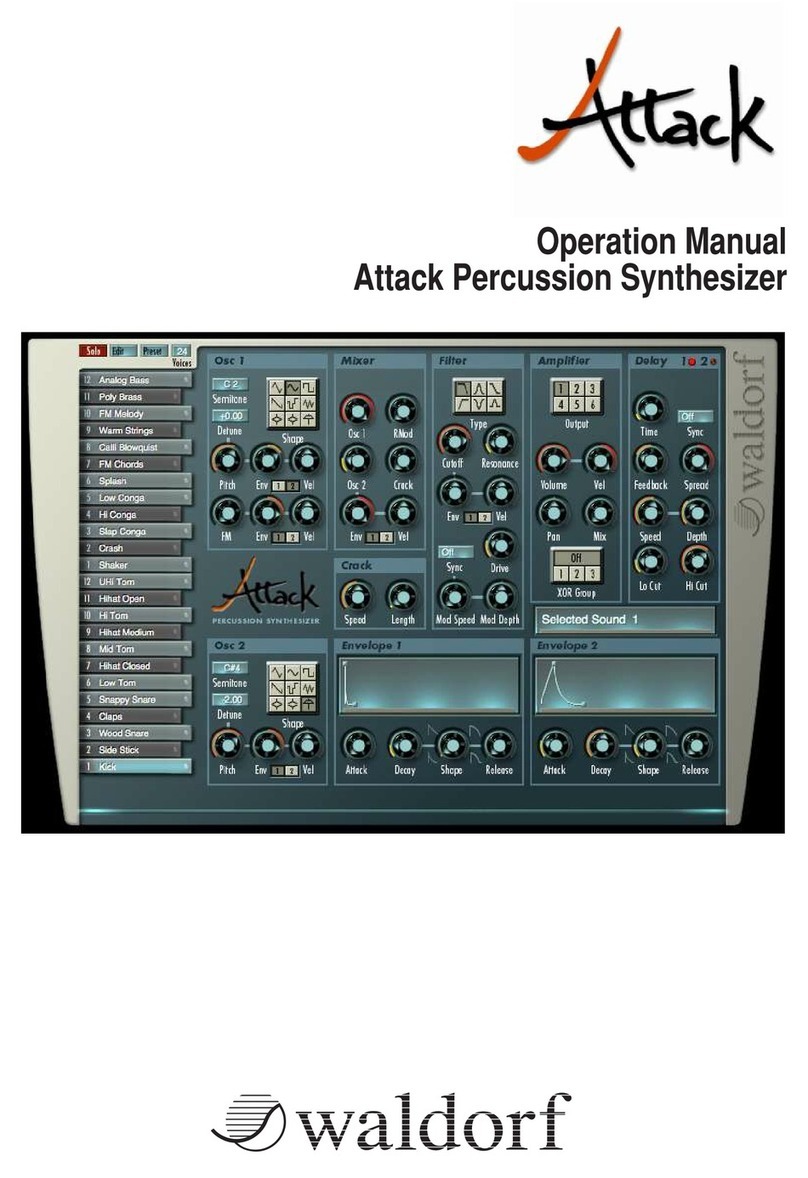
Waldorf
Waldorf Attack User manual

Waldorf
Waldorf Blofeld User manual
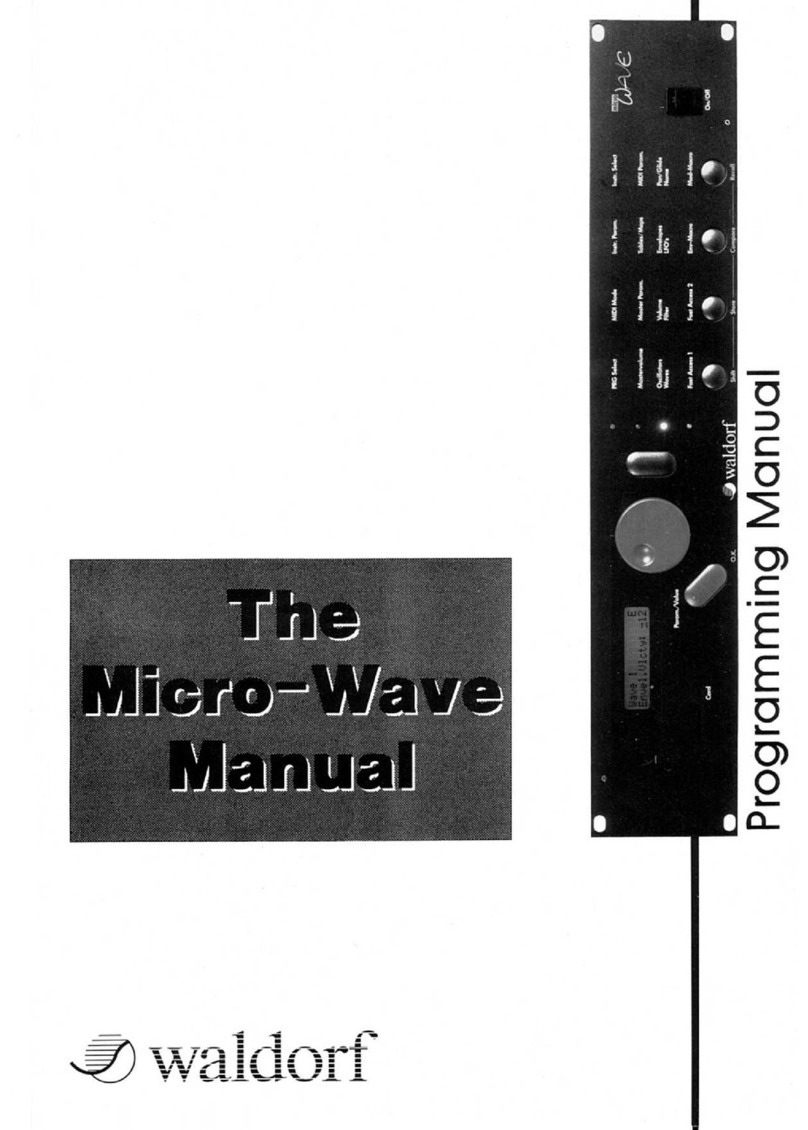
Waldorf
Waldorf Micro-Wave Owner's manual

Waldorf
Waldorf KYRA User manual
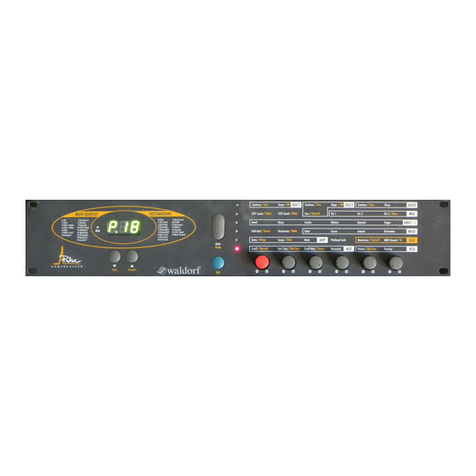
Waldorf
Waldorf Pulse User manual

Waldorf
Waldorf STVC User manual

Waldorf
Waldorf Q Synthesizer User manual
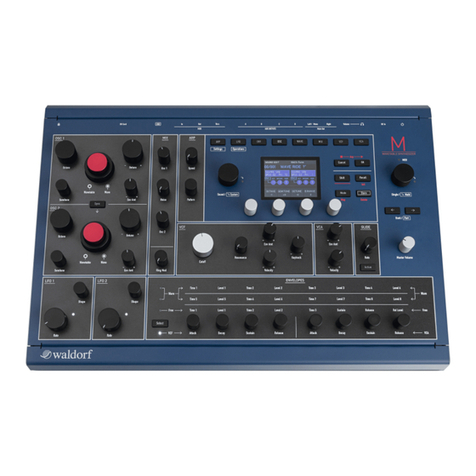
Waldorf
Waldorf M User manual
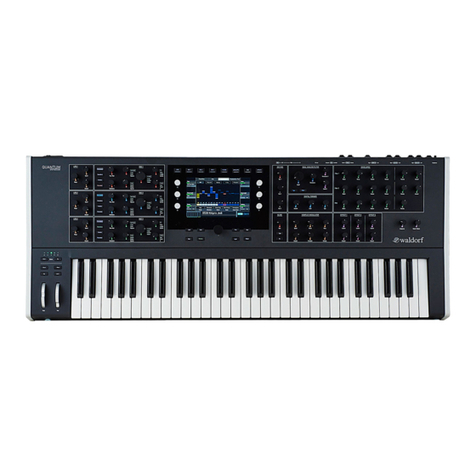
Waldorf
Waldorf QUANTUM Instruction manual
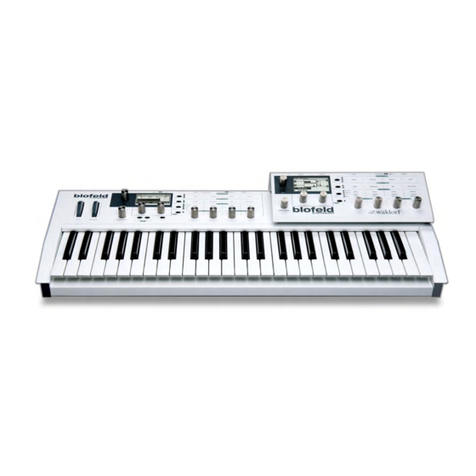
Waldorf
Waldorf Blofeld User manual
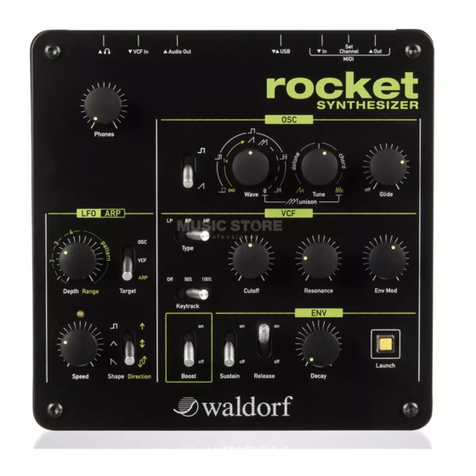
Waldorf
Waldorf rocket User manual
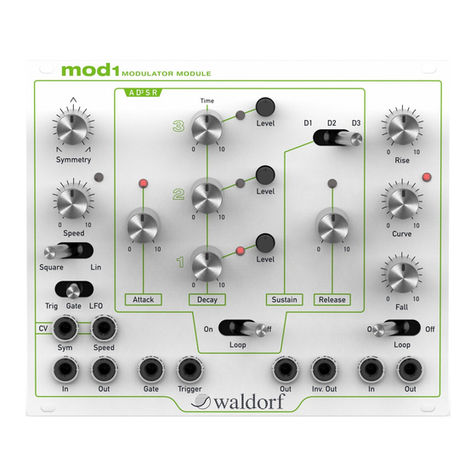
Waldorf
Waldorf Mod1 User manual

Waldorf
Waldorf streichfett User manual
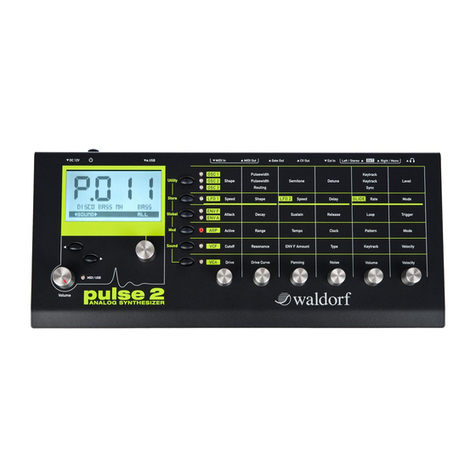
Waldorf
Waldorf pulse 2 User manual

Waldorf
Waldorf largo User manual





